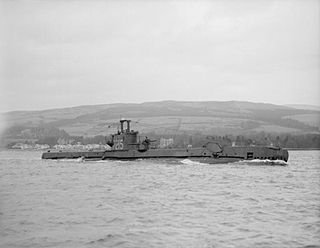
HMS Sceptre (P215) was a third-batch S-class submarine built for the Royal Navy during World War II. Completed in April 1943, she spent the majority of her career in the North Sea, off Norway. After an uneventful patrol, the submarine participated in Operation Source, an attack on German battleships in Norway using small midget submarines to penetrate their anchorages and place explosive charges. However, the midget submarine that she was assigned to tow experienced technical difficulties and the mission was aborted. During her next four patrols, Sceptre attacked several ships, but only succeeded in severely damaging one. She was then ordered to tow the submarine X24, which was to attack a floating dry dock in Bergen. The operation, codenamed Guidance, encountered difficulties with the attacking submarine's charts, and the explosives were laid on a merchant ship close to the dock instead. The dock was damaged and the ship sunk, and X24 was towed back to England. Sceptre then conducted a patrol in the Bay of Biscay, sinking two German merchant ships, before being reassigned to tow X24 to Bergen again. The operation was a success, and the dry dock was sunk.
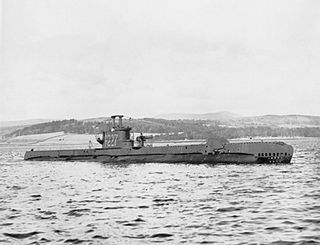
HMS Spiteful was a third-batch S-class submarine built for the Royal Navy during the Second World War.
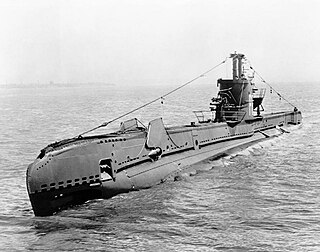
HMS Stonehenge was an S-class submarine of the third batch built for the Royal Navy during World War II. Completed in 1943, she made her initial patrol off Norway and was then transferred to the Far East, where she conducted two war patrols, during which she sank two Japanese ships. On her second patrol, Stonehenge disappeared with all hands and was declared overdue on 20 March 1944. The most probable cause of her sinking is that she hit a mine, but her wreck has never been found.

HMS Stratagem was a third-batch S-class submarine built for the Royal Navy during World War II. Completed in 1943, she made her first war patrol off Norway before she was sent to the Far East, where she conducted three war patrols. On her second, she shelled installations on a Japanese-held island. Her only success came on her last patrol, when she torpedoed and sank a Japanese oil tanker. Soon after, she was spotted by aircraft and depth charged by a destroyer. She was forced to surface, and was scuttled to prevent her capture. Ten crew members escaped the sinking submarine and were taken prisoner, of whom only three survived the war.

HMS Satyr was an S-class submarine of the Royal Navy, and part of the third group built of that class. She was built by Scotts, of Greenock and launched on 28 September 1942.
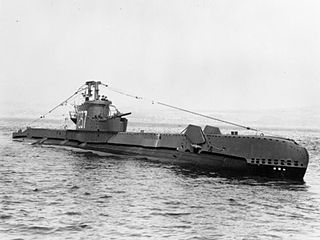
HMS Scythian was a S-class submarine of the third batch built for the Royal Navy during World War II. She survived the war and was sold for scrap in 1960.

HMS Sea Rover was a third-batch S-class submarine built for the Royal Navy during World War II. Completed in July 1943, she conducted one war patrol off Norway, before being re-assigned to the Pacific theater. Arriving in February 1944, the boat conducted several patrols in the Strait of Malacca, sinking one transport, one gunboat, one merchant, three sailing vessels, two coasters, and one lighter. During this time, she was attacked several times by aircraft and surface ships; in one attack, she took on two tons of water from leaks caused by depth charges. Sea Rover collided with an Australian corvette in December 1944, and she was sent back to England, then the United States, for repairs. After the war ended, the boat was sent back to England, placed in reserve, then sold for scrap in October 1949.
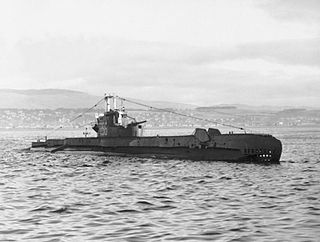
HMS Sentinel was a S-class submarine of the third batch built for the Royal Navy during World War II. She was not completed until after the war and was sold for scrap in 1962.

HMS Shakespeare was an S-class submarine built for the Royal Navy during the Second World War, and part of the Third Group built of that class. She was built by Vickers-Armstrongs and launched on 8 December 1941.

HMS Shalimar was a third-batch S-class submarine built for the Royal Navy during World War II. Completed in April 1944, she conducted one war patrol off the Orkney Islands, then was assigned to the Pacific theater, arriving there in September. The submarine conducted one war patrol off the Nicobar Islands, destroying several small ships with gunfire. During her next three patrols in the Strait of Malacca, Shalimar sank twelve sailing vessels, eleven landing craft, four coasters, three lighters, three tugboats, and one minesweeper. After the war ended, the boat was sent back to England, placed in reserve, then sold for scrap in July 1950.
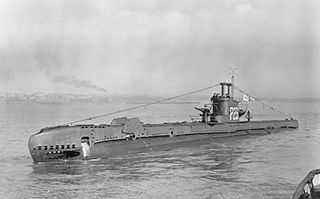
HMS Surf was a S-class submarine of the third batch built for the Royal Navy during World War II. She survived the war and was scrapped in 1948.
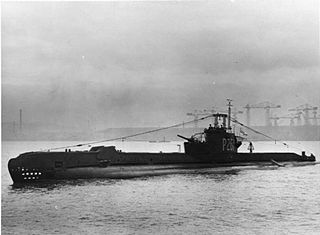
HMS Sleuth was a S-class submarine of the third batch built for the Royal Navy during World War II. She survived the war and was sold for scrap in 1958.

HMS Spur was a S-class submarine of the third batch built for the Royal Navy during World War II. She survived the war and was sold to Portugal in 1948.
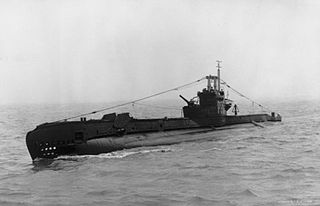
HMS Spearhead was a S-class submarine of the third batch built for the Royal Navy during World War II. She survived the war and was sold to Portugal.
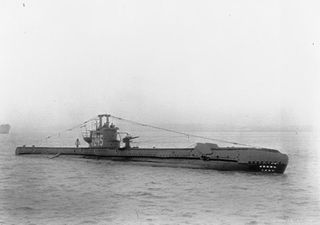
HMS Spirit was a S-class submarine of the third batch built for the Royal Navy during World War II. She survived the war and was scrapped in 1950.

HMS Spark was a S-class submarine of the third batch built for the Royal Navy during World War II. She survived the war and was scrapped in 1950.

HMS Stoic was a S-class submarine of the third batch built for the Royal Navy during World War II. She survived the war and was scrapped in 1950.
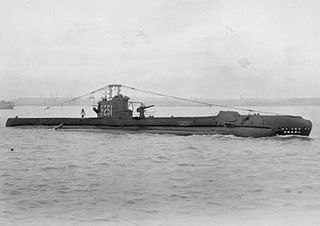
HMS Subtle was a S-class submarine of the third batch built for the Royal Navy during World War II. She survived the war and was scrapped in 1959.

HMS Sterlet was a second-batch S-class submarine built during the 1930s for the Royal Navy. Completed in 1938, the boat fought in the Second World War. The submarine is one of the 12 boats named in the song Twelve Little S-Boats. Thus far she has been the only ship of the Royal Navy to be named Sterlet.
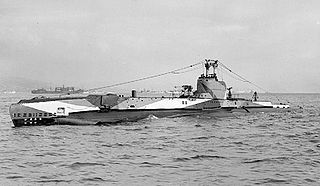
HMS Sealion was a second-batch S-class submarine built during the 1930s for the Royal Navy. Completed in 1934, the boat fought in the Second World War.






















